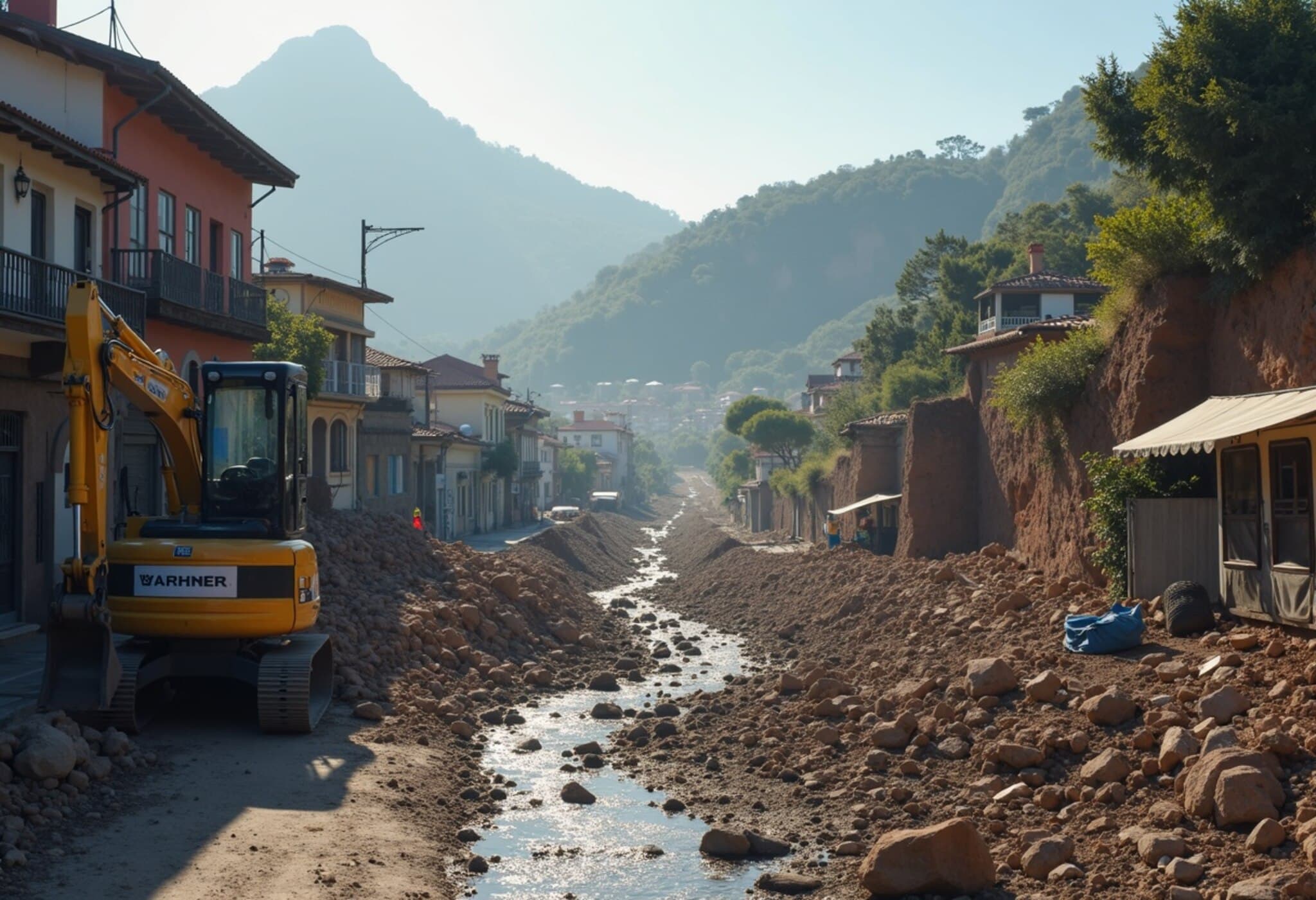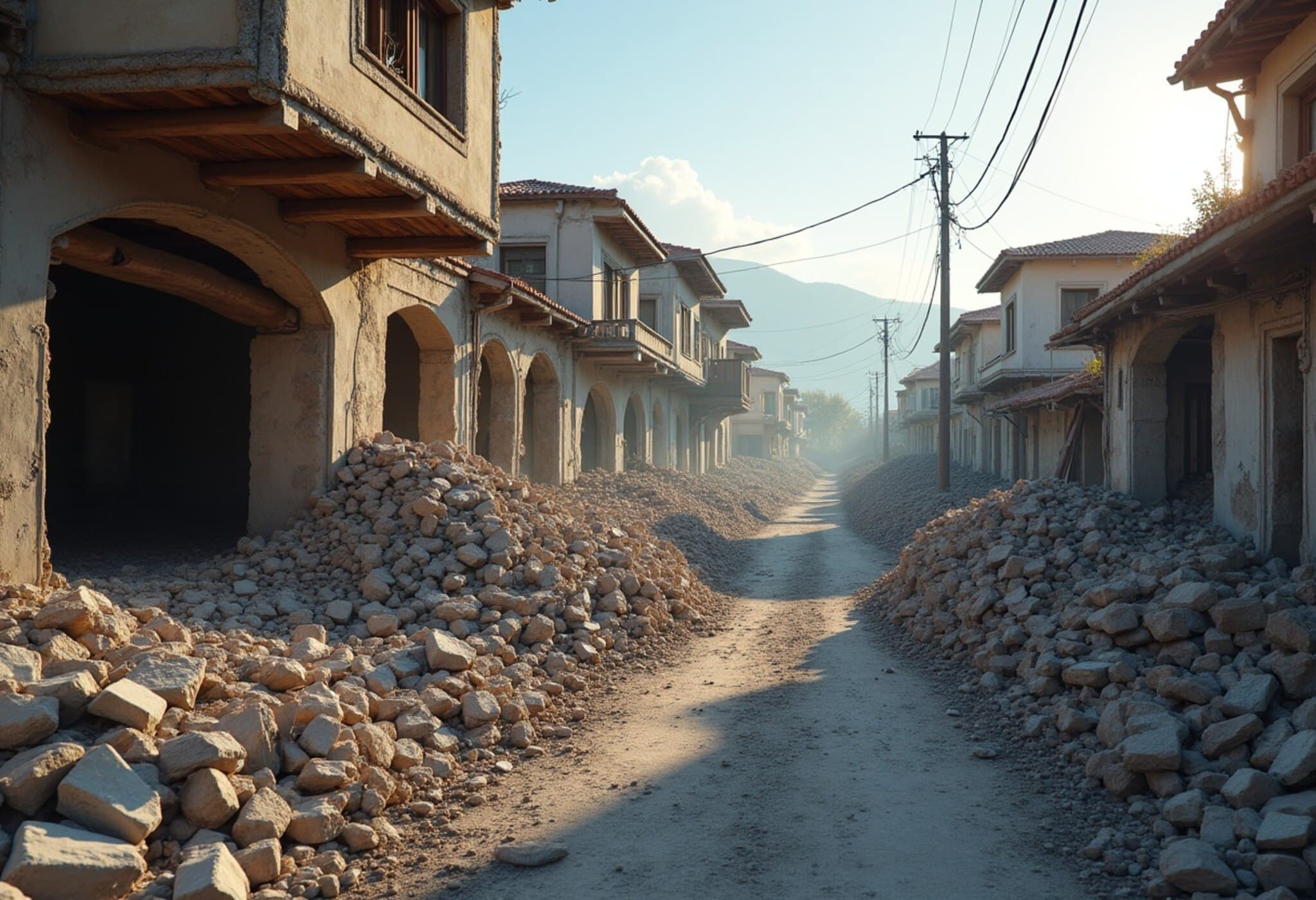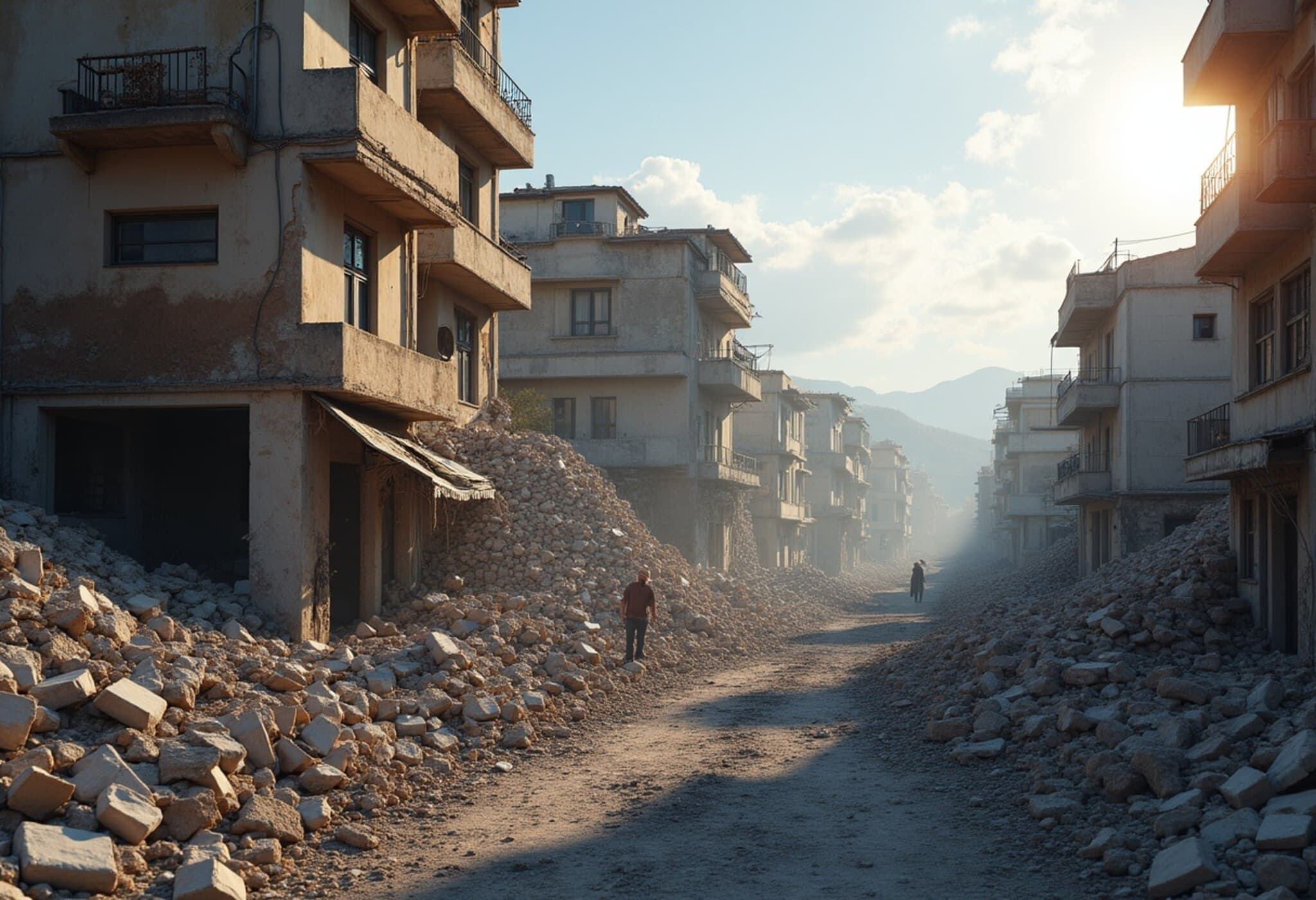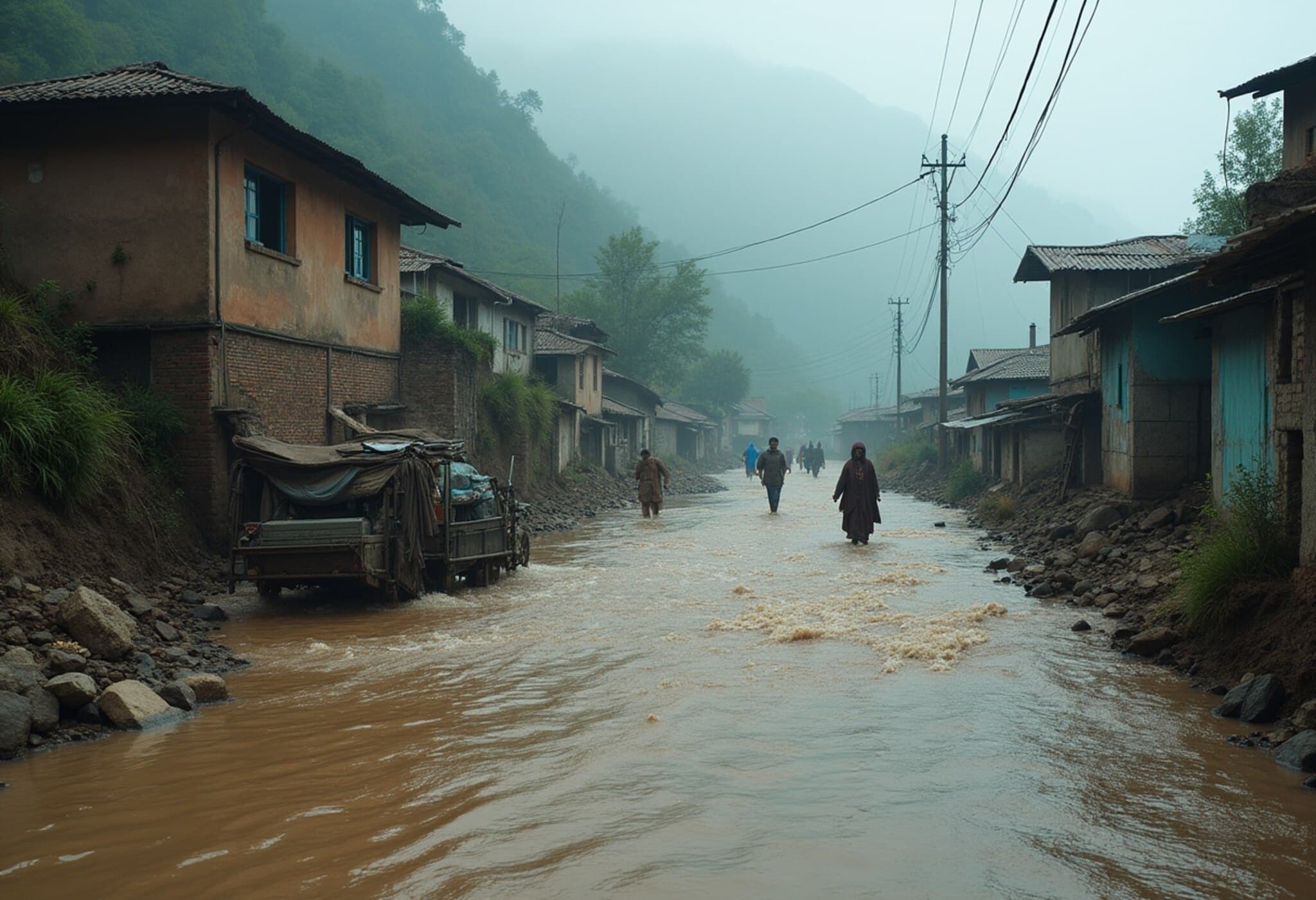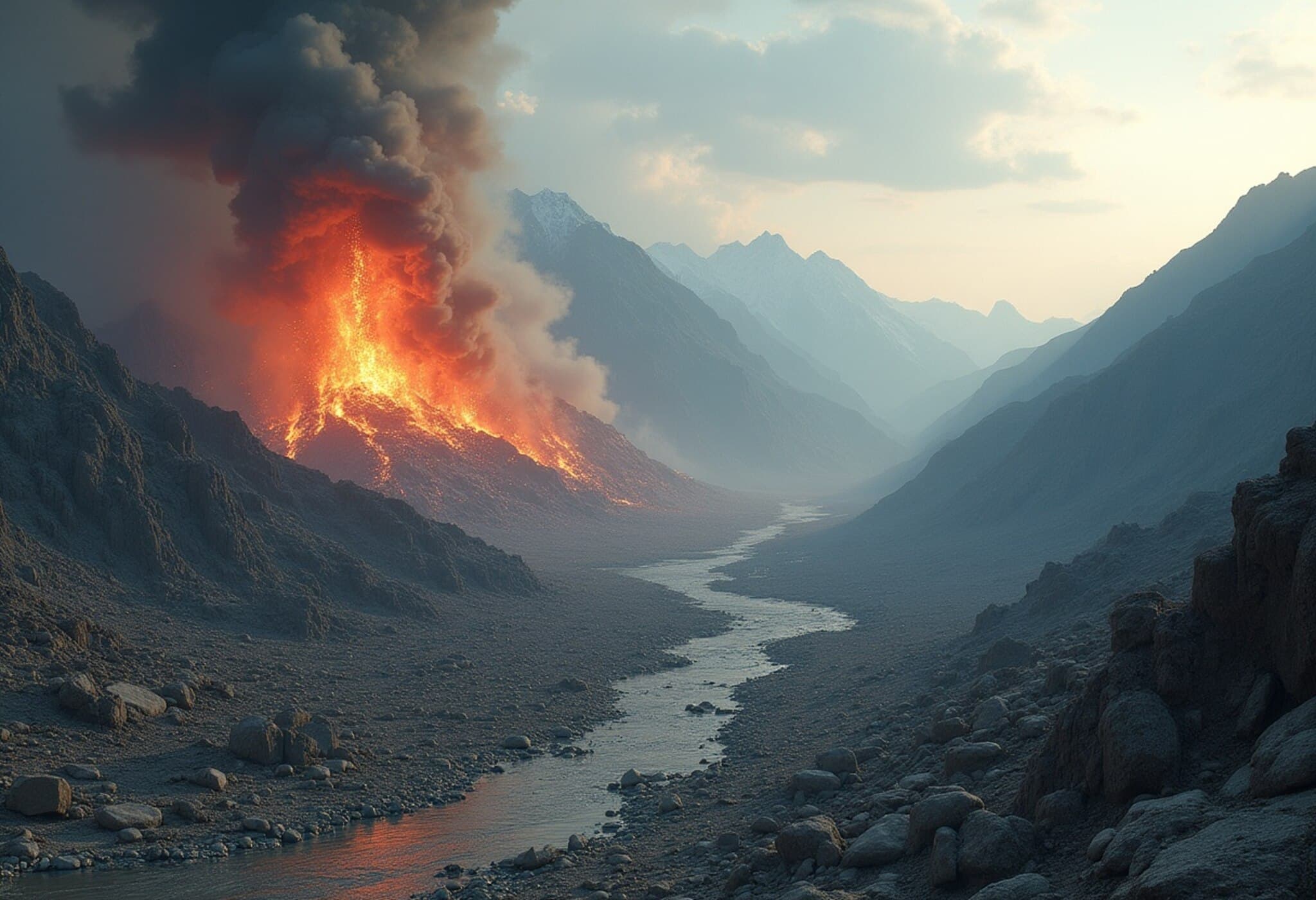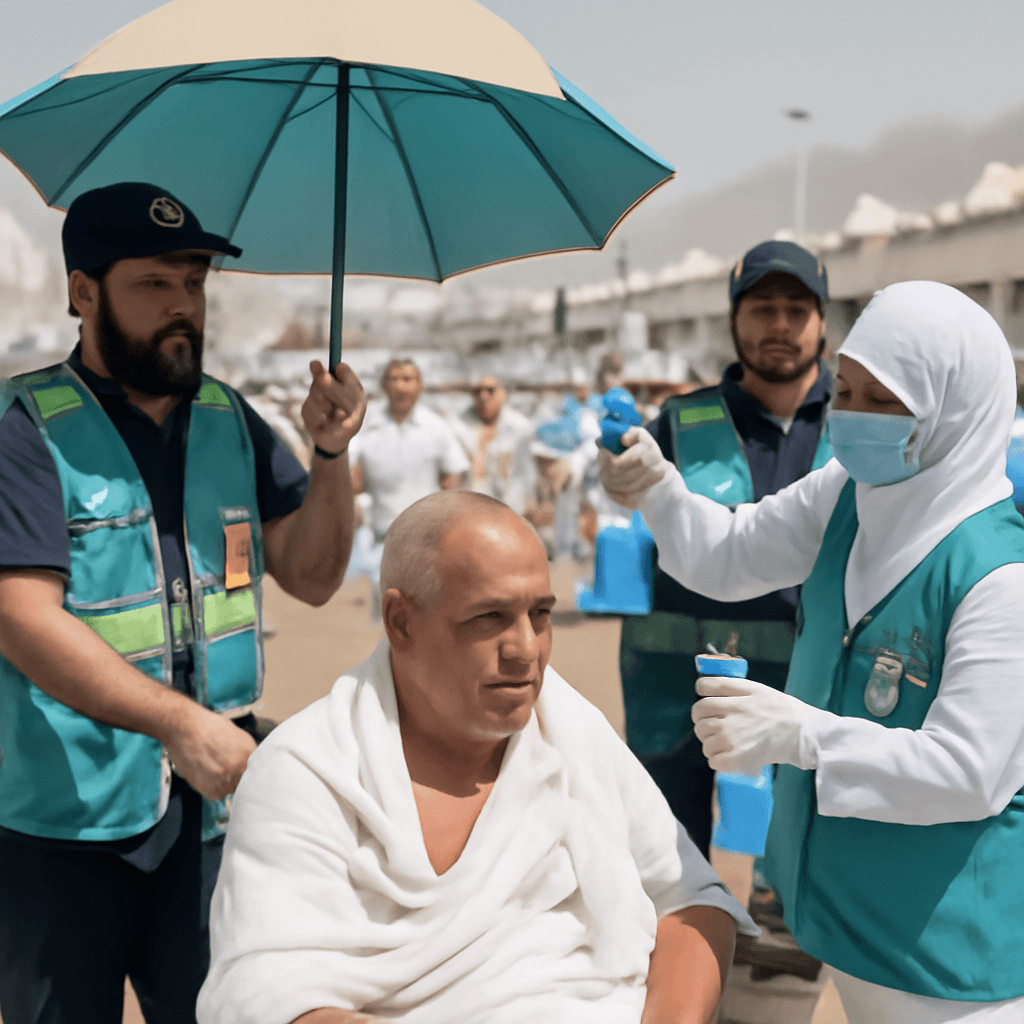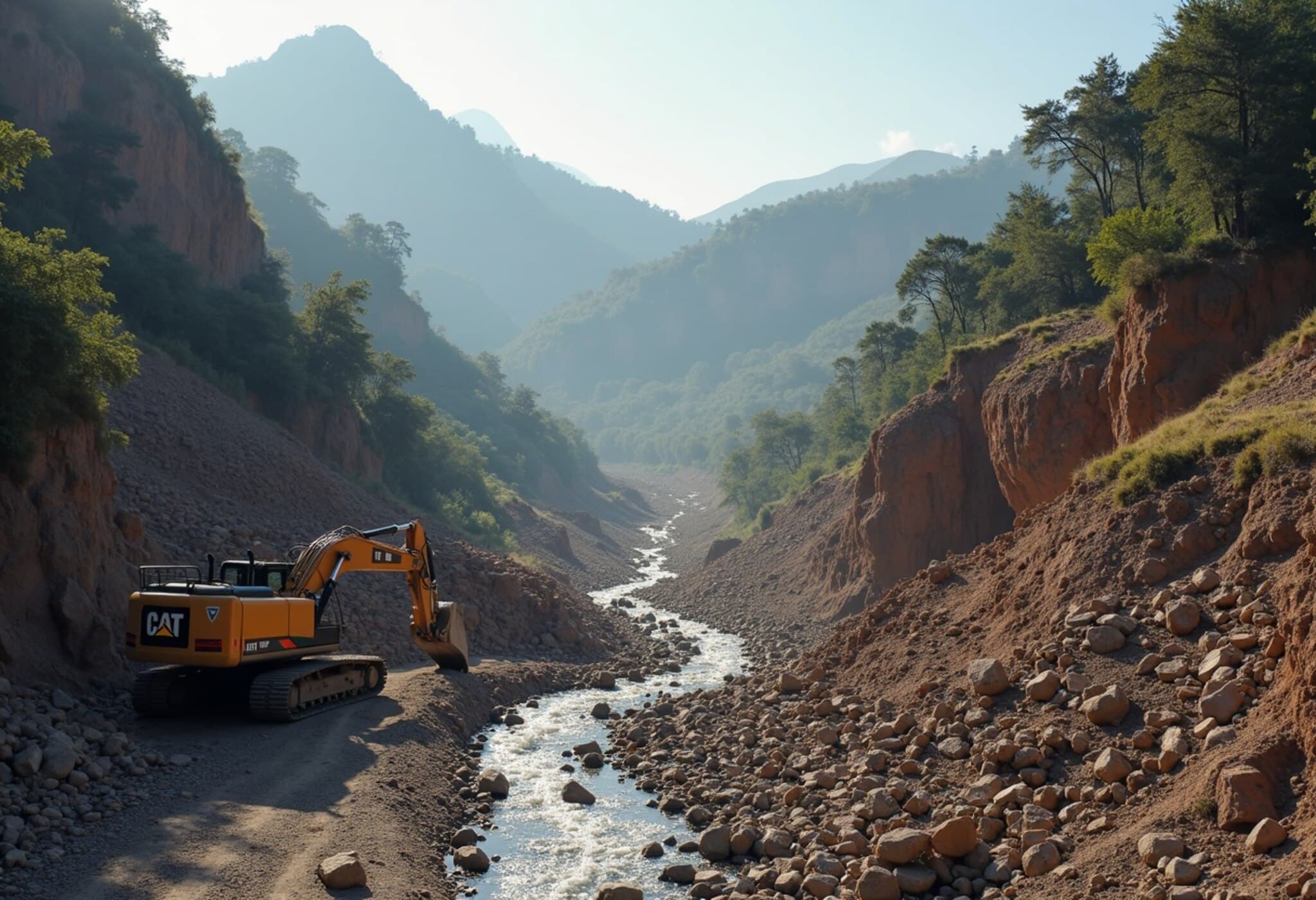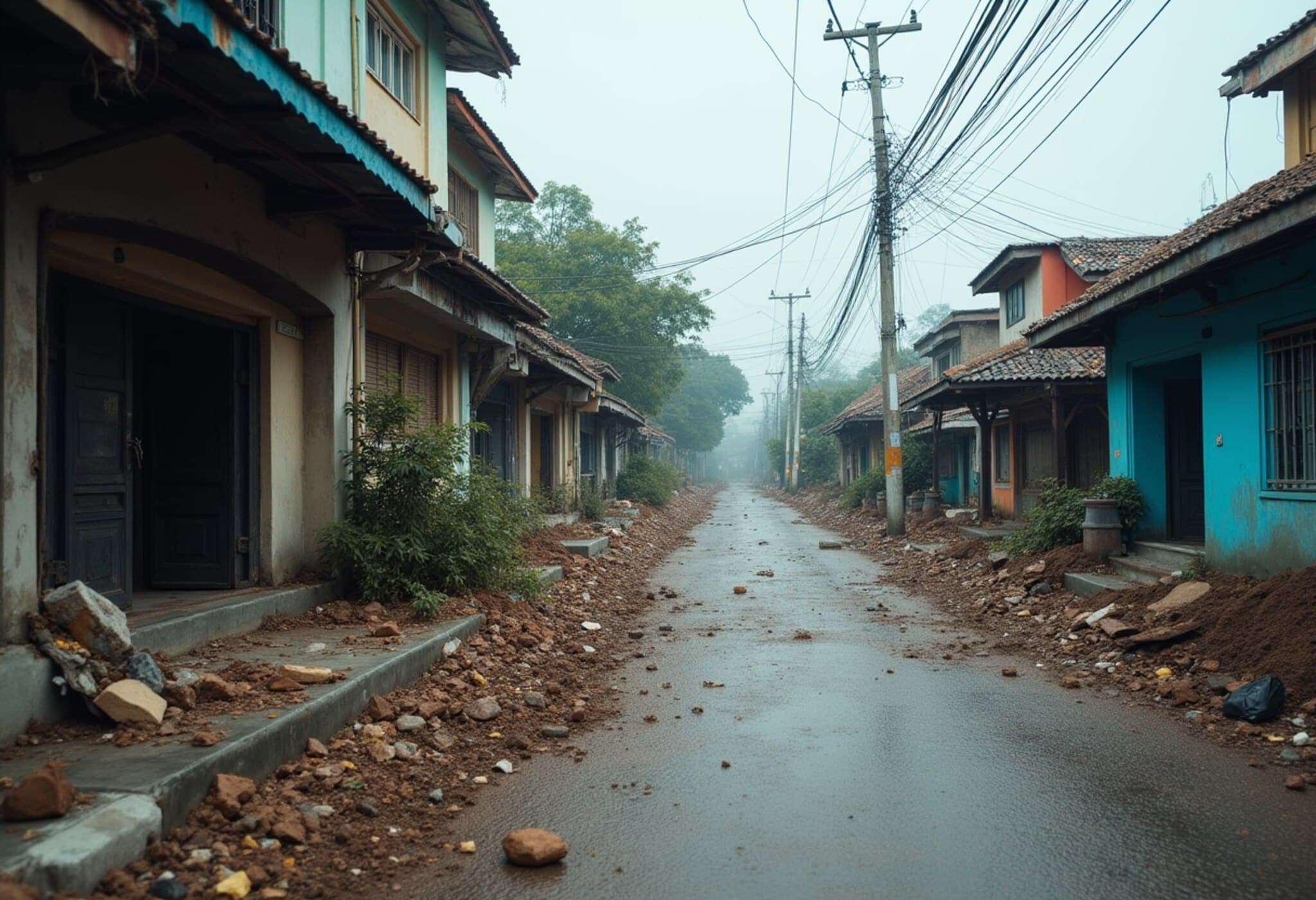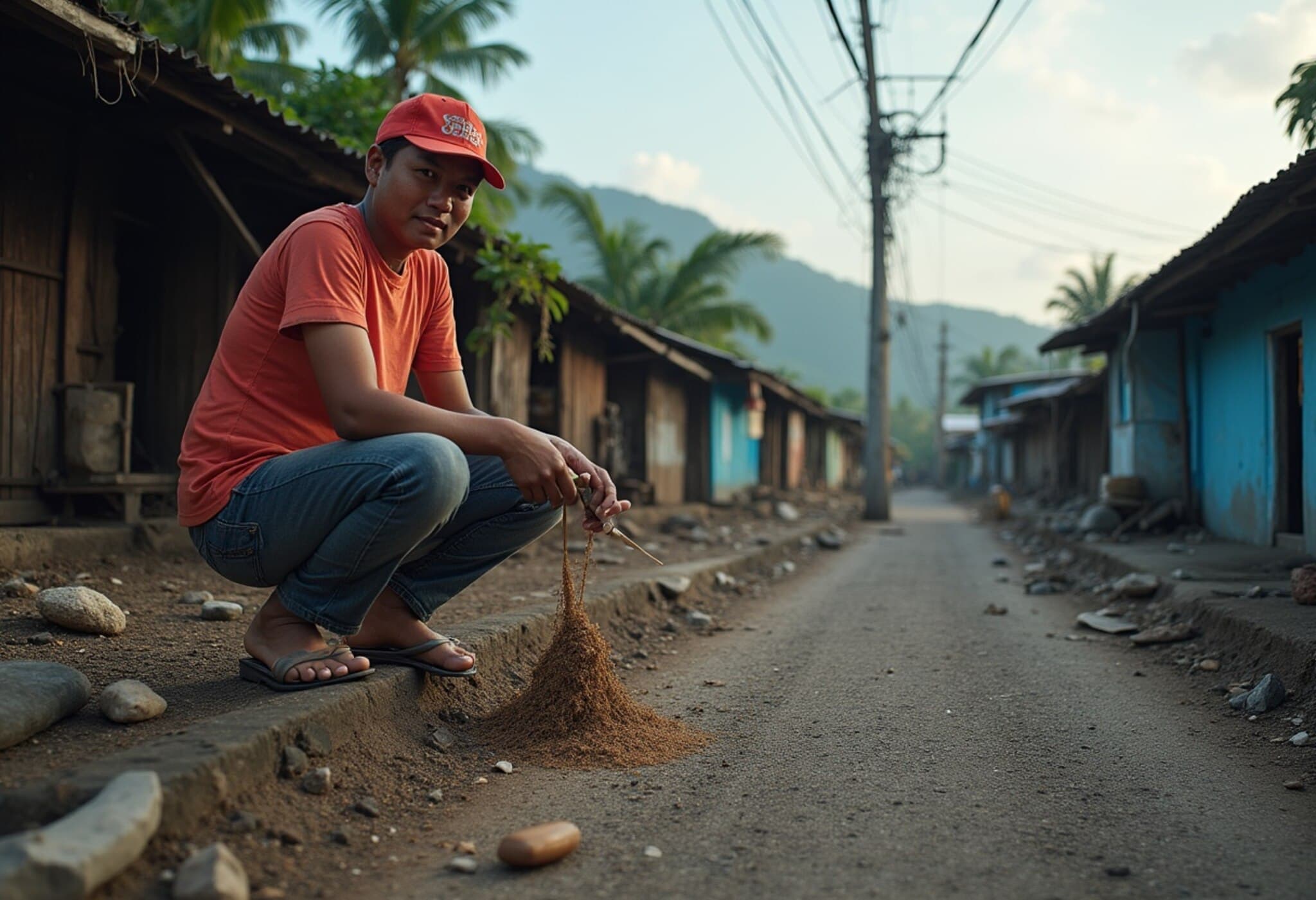Earthquake Shakes Kamchatka Amid Critical Surgery
In an extraordinary and tense moment captured on video, a massive 8.8 magnitude earthquake struck Russia’s Kamchatka Peninsula while medical professionals were performing surgery at the Kamchatka Cancer Centre. The footage, released by the Russian Health Ministry, provides a rare glimpse into the resilience and composure of healthcare workers amid a sudden natural disaster.
Unfolding Crisis in the Operating Room
The video shows the operating room shaking violently, with surgical equipment rattling and lights swaying as the ground trembled beneath. Despite the chaos, the team of doctors maintained their focus, swiftly stabilizing the patient and ensuring safety protocols were followed. This footage symbolizes the unwavering commitment of frontline workers, who often face unpredictable challenges while saving lives.
Kamchatka’s Seismic Vulnerability
Kamchatka sits in one of the most seismically active regions in the world, where tectonic plates frequently interact, making large earthquakes a regular threat. The 8.8 magnitude quake on July 30, 2025, ranks among the strongest on record in this region, raising urgent questions about infrastructure resilience and emergency preparedness.
Implications for Healthcare and Emergency Response
This powerful quake not only disrupted daily life but posed significant risks to critical services like healthcare. Hospitals must be designed and equipped to withstand seismic shocks without compromising patient safety. The Kamchatka Cancer Centre's ability to continue surgery during such an event highlights the need for rigorous disaster readiness standards nationwide.
Expert Insights: A Test of Emergency Preparedness
Dr. Elena Morozova, a leading expert on disaster medicine, commented: "The Kamchatka incident underscores the vital importance of integrating seismic-resilient infrastructure into healthcare facilities, especially in quake-prone areas. It’s a testament to the incredible training and calmness of healthcare workers that they managed to continue critical care without interruption."
Looking Ahead: Lessons for Global Health Systems
While earthquakes of this magnitude are more common along the Pacific 'Ring of Fire,' the Kamchatka event serves as a sobering reminder globally. Natural disasters can strike anytime, and healthcare systems everywhere must prioritize preparedness:
- Infrastructure investment: Earthquake-resistant buildings and backup power systems.
- Staff training: Drills for maintaining patient care during crises.
- Emergency protocols: Clear guidelines for continuity of critical procedures.
By learning from Kamchatka’s experience, regions at risk—including parts of the United States like California and Alaska—can enhance their readiness for seismic events.
What’s Next for Kamchatka?
Authorities are currently assessing the full extent of damage to healthcare facilities and communities. Emergency teams have been deployed to support recovery efforts and ensure uninterrupted medical services. The resilience demonstrated by the Kamchatka Cancer Centre’s staff offers hope but also calls for renewed investment in disaster preparedness at every level.
Editor’s Note
This incident in Kamchatka shines a spotlight on the intersection between natural disasters and critical healthcare delivery. As populations grow and climate change increases the frequency of extreme events, the ability of medical systems to withstand shocks is more crucial than ever. This story compels policymakers, healthcare leaders, and communities to ask: Are our hospitals truly ready when disaster strikes?


